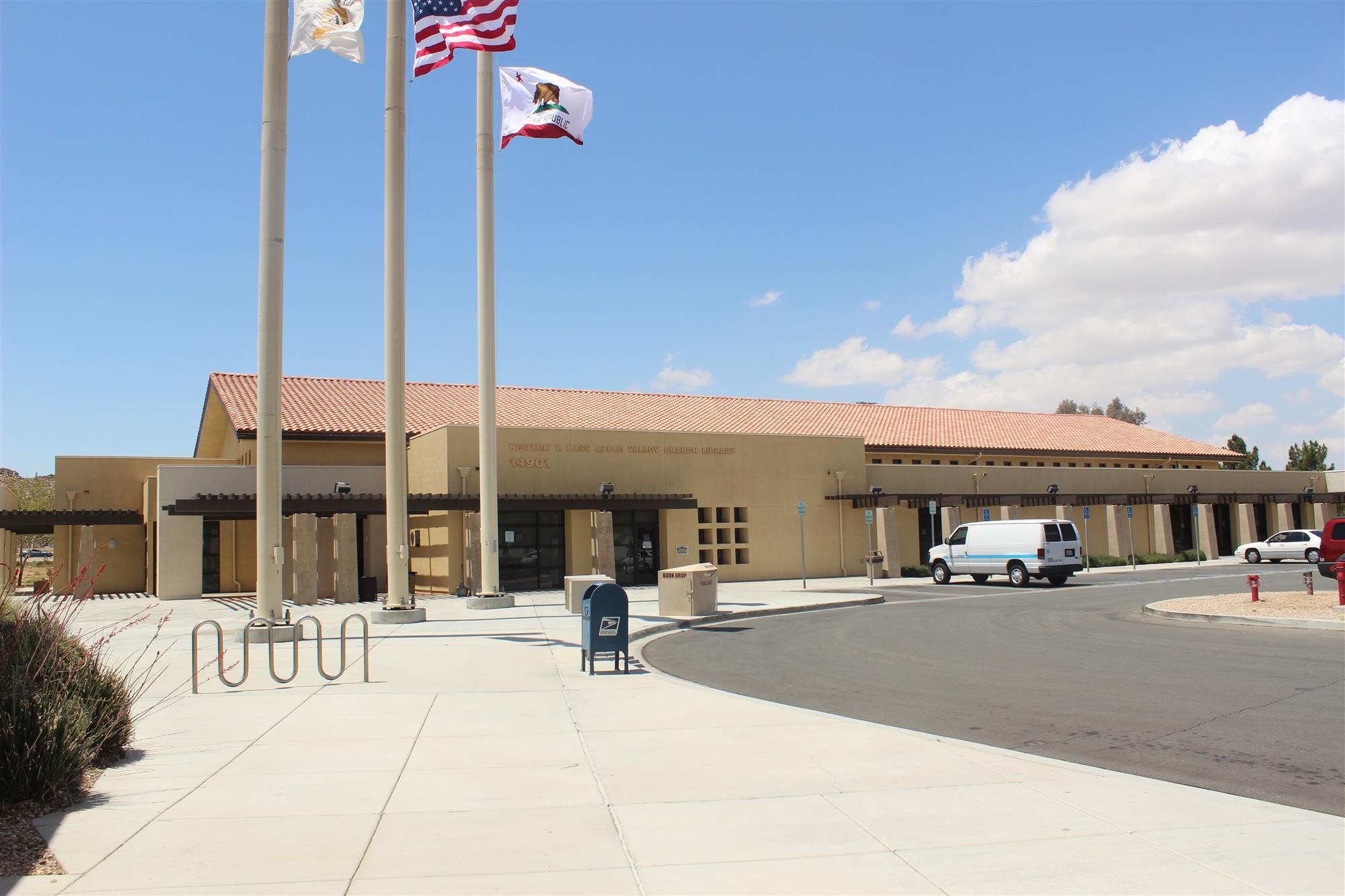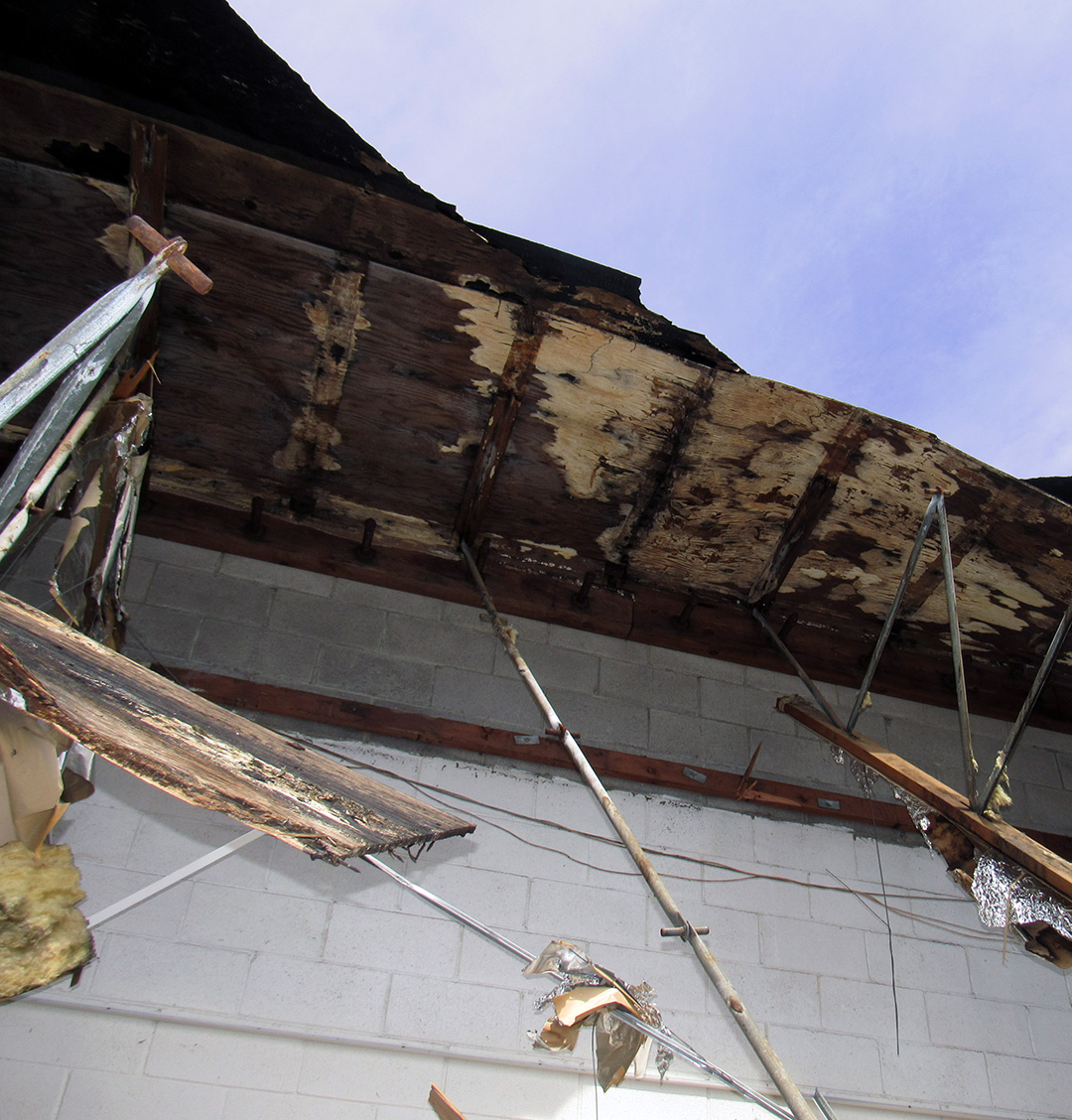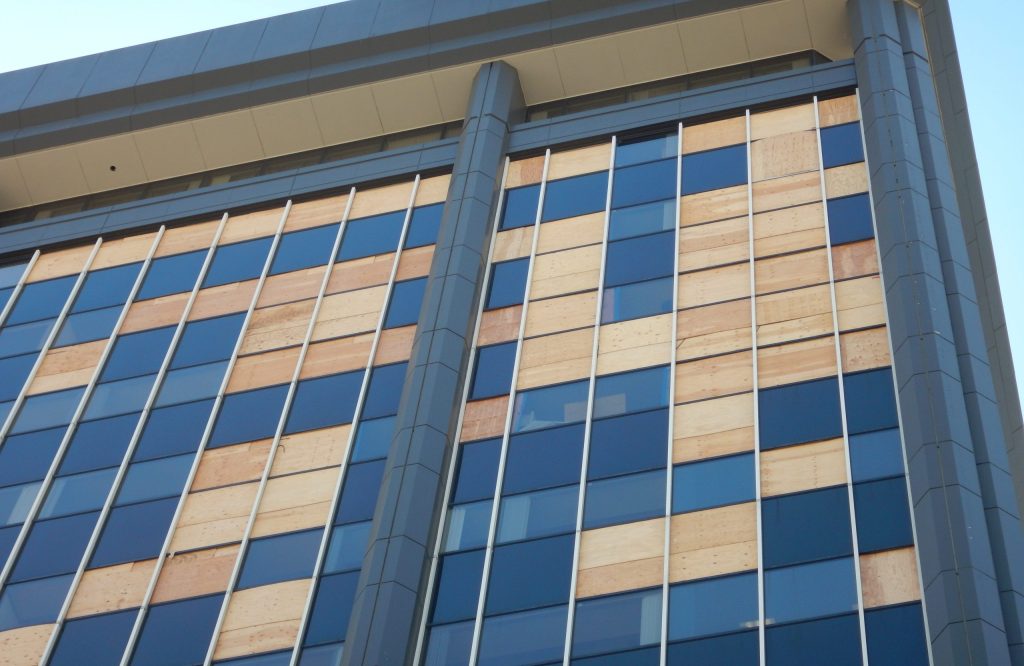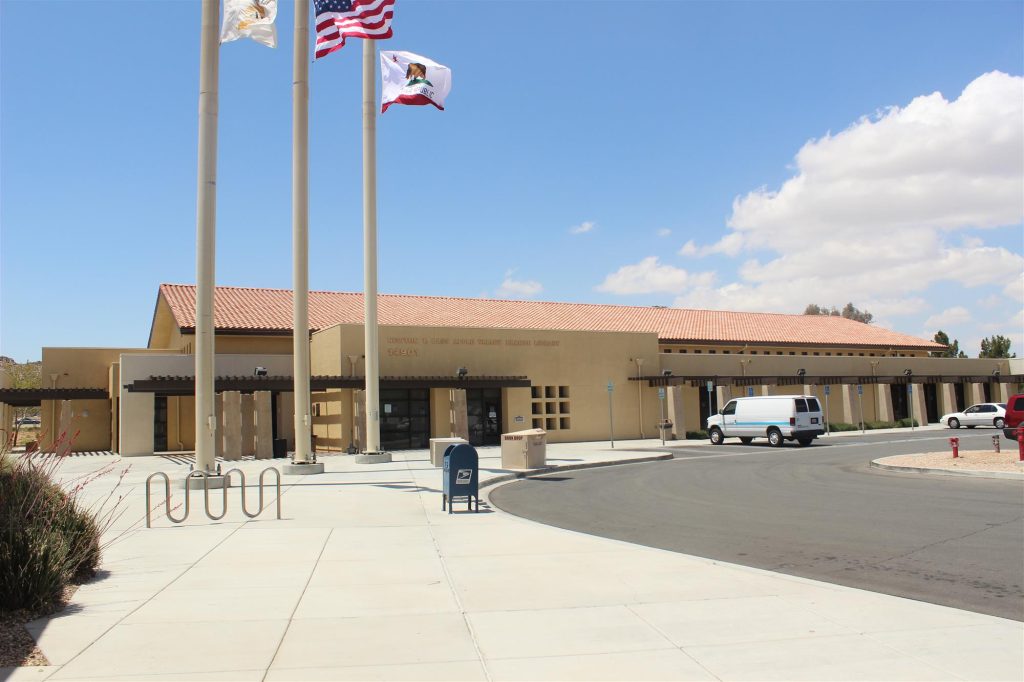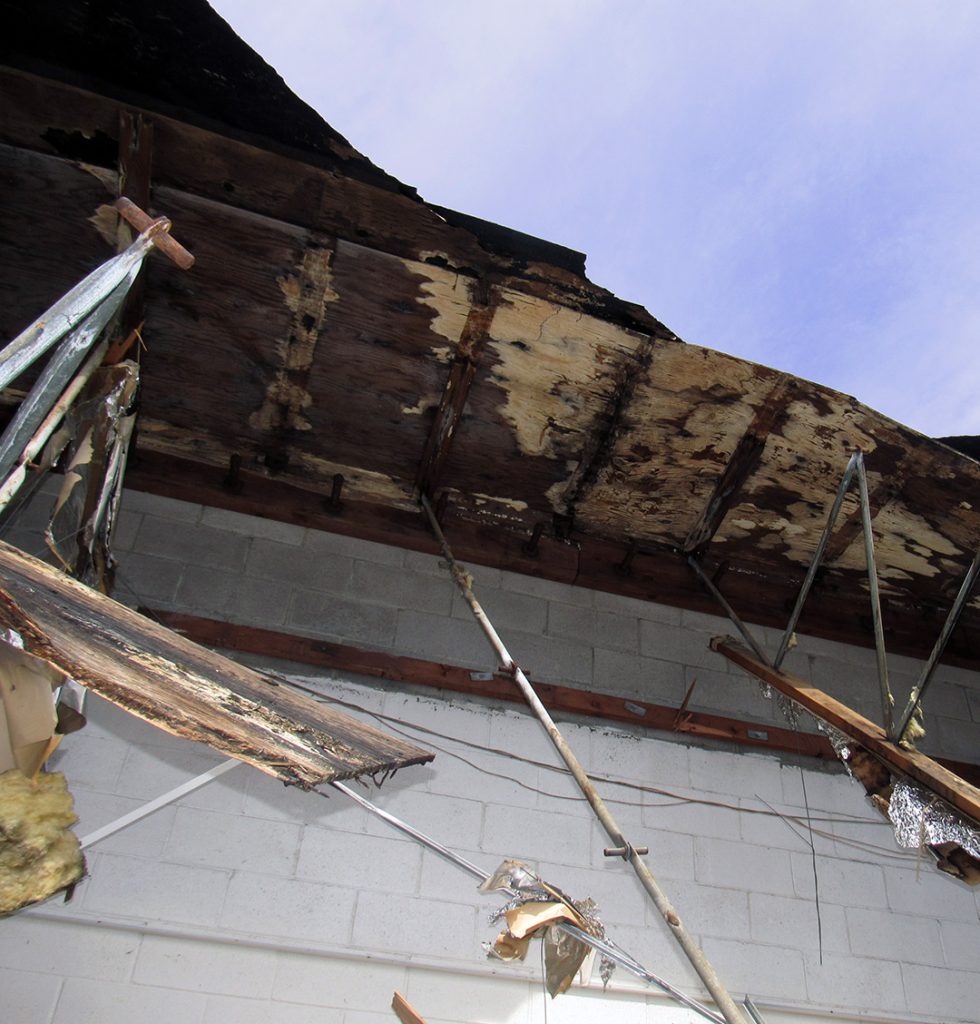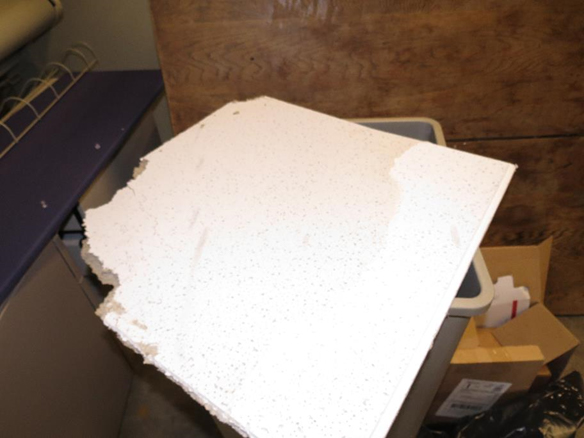From Investigation to Reconstruction to Permitting, Our Team Keeps You Moving Forward
Our focus is on delivering timely compliance to claims-related professionals and insureds recovering from unexpected losses. Whether we’re investigating complex claims, developing and submitting permit documents for repairable damage, or providing expert opinions based on decades of experience, we are a trusted partner in understanding losses, resolving disputes, obtaining permits, and restoring occupancy.
We support our clients with customized workflows that deliver consistent and efficient results, from 24/7 intake, to project tracking portals, to on-site scoping and information capture, to streamlined production and permitting support services. We continue to invest in the development of our team and their ability to respond and collaborate quickly. Our team of engineering and operations professionals is the core of a trusted and diverse network, capable of bringing clear answers and defensible findings to every loss.
Our team is based on the US West Coast and is licensed across the US. We are travel ready and meet our clients where they need us most – on site, wherever and whenever losses occur.
Contact us 24/7/365:
- Use our Claim Intake Form
- Send an email to ClaimIntake@degenkolb.com
- Call us at 800-817-3333
- Contact a trusted member of our team with a follow-up email to OpsTeam@degenkolb.com
Cause & Origin Investigations
We determine the cause, origin, and extent of damage in unexpected losses affecting structural and building enclosure systems.
Damage Reconstruction & Permitting
We quickly prepare Construction Documents and obtain building permits for Code-compliant repair projects.
Expert Witness & Dispute Resolution
Our team communicates clear engineering expertise based on decades of real project experience and problem solving.
Large Loss Management
We leverage our extensive professional network to identify, assemble, and lead multidisciplinary teams to tackle complex losses.
Response to Catastrophe
Our experienced team of forensic engineers is equipped to travel and deliver high-volume services after earthquakes and disasters.

